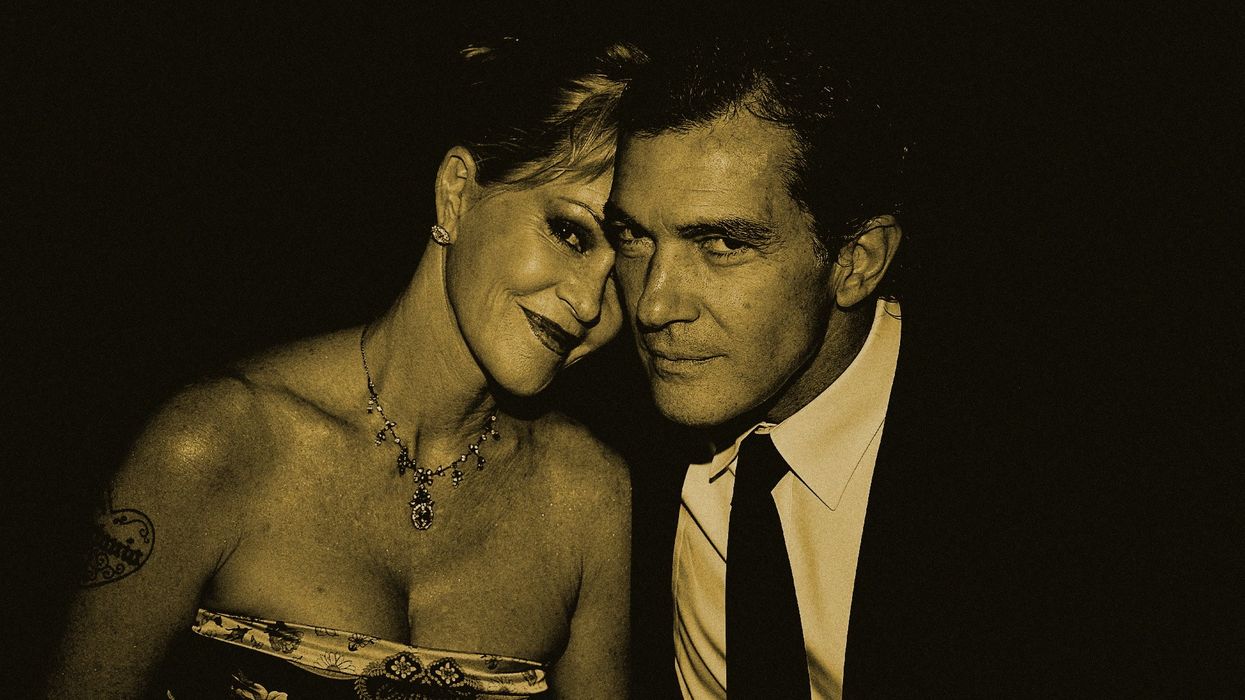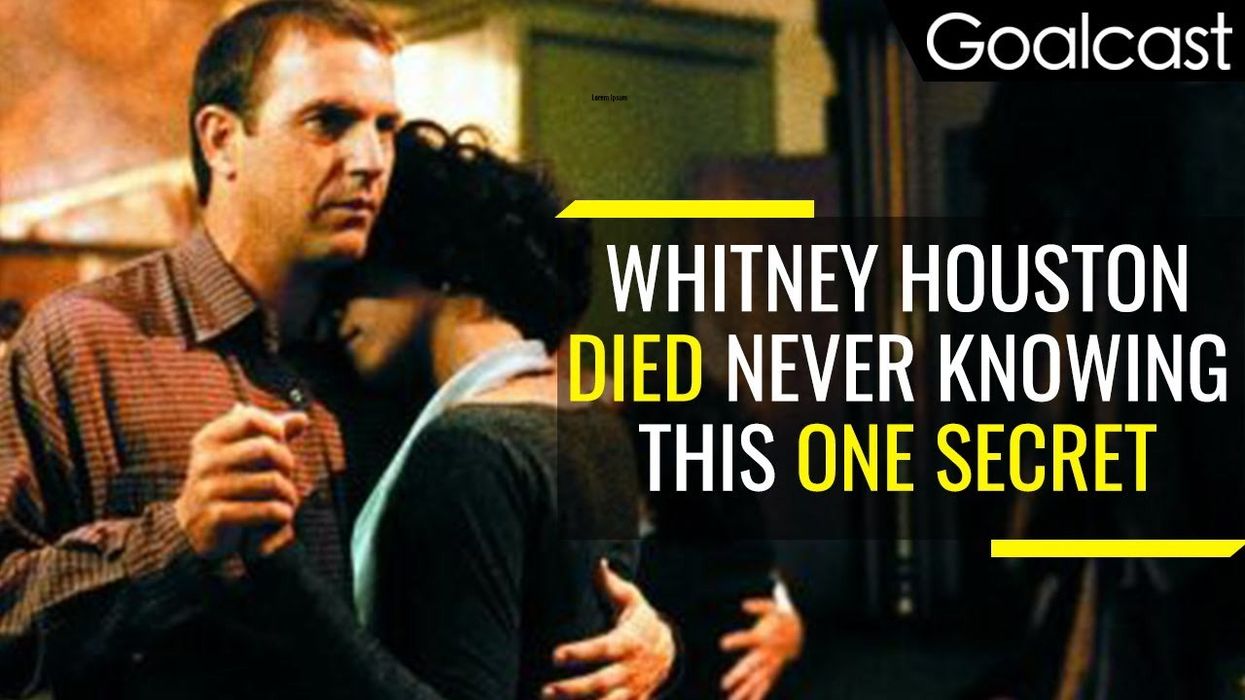
Think There is Such a Thing As Being 'Normal'? Research Says Otherwise
Did you grow up thinking you were “different”?
Were you bullied because you weren’t the same as the other kids? Did you hate it? And did you develop an intense desire to be “normal” because of it?
Not all of us grow up being bullied, however, I can say from experience that most of us do grow up believing that we’re different in some way, and we often worry about others finding out.

Unfortunately, we usually reject the things that make us stand out because we're afraid of being judged. I say unfortunately because those very things tend to be our most beautiful qualities.
But new research has the potential to change the misconception that the idea of "being normal" ever existed.
Let's embrace being not normal!
Why do most of us want to be normal anyway?
Normal is a concept that depends on several factors.
In theory, even if an aspect of your personality were common around one group of people, it might be rare and deemed “weird” and therefore not normal around another group of people. A group dynamic is required for these kinds of ideas of normalcy to manifest in the first place.
The desire to be normal is deeply embedded in us from a young age, with us seeking to suppress our unique qualities and anything that would make us stand out and be judged unfavorably by others.
However, more than that, behavioral science has long sought to distill human behavior down to singular categories in hopes of diagnosing mental illness more effectively. Unfortunately, this can sometimes be a disservice.
Research says normal doesn’t exist
According to a new study out of Yale, variety and differences are the real normal.
In "The Myth of Optimality in Clinical Neuroscience" study published in Trends in Cognitive Science, authors Avram Holmes and Lauren Patrick of the Yale University Psychology Department make the case that throughout Earth’s 3.5 billion years of evolutionary history, variety and ranges of differences in living creatures (even of the same species) are actually far more common than uniformity.
While life appears to be in a static state to us as we go about our daily life, the reality is that everything is in a constant state of flux. The only constant is the fact that, well...nothing is constant. What might appear to be an advantage or disadvantage in one moment could be quite the opposite in a different situation.
In other words, there’s so much variety within life that to try and create categories that we’re supposed to neatly fit into, and then telling others that something is wrong with them when they don’t fit into those categories, isn’t just flat out wrong– it’s harmful to us as human beings trying to live our best life.
But this doesn’t just have to do with physical characteristics, it stretches into the psychological as well. The authors had this to say:
There is no universally optimal profile of brain functioning. The evolutionary forces that shape our species select for a staggering diversity of human behaviors…We propose that, instead of examining behaviors in isolation, psychiatric illnesses can be best understood through the study of domains of functioning and associated [complex] patterns of variation across distributed brain systems.
To put it simply, the authors propose a better way of determining patient’s potential psychiatric conditions based not on isolated categories that they either do or don’t fit into, as we talked about a moment ago, but on a more expansive system that takes into account potential variations in behavior.
Ultimately, it’s a shift in perspective from understanding individuals– a perspective that can ineffectively categorize people who might be different– to understanding the evolution of the brain, behavior, and species as a whole and the role that variety plays in everything.
In speaking with Quartz, Holmes summarized the study in this way:
The point we argue is that there is no universal, unconditionally optimal pattern of brain structure or function. So the border separating health from disease cannot be cleanly drawn through a single behavior or aspect of brain function.In isolation, any given behavioral, psychological, or neurobiological trait is typically neither good nor bad. Rather, the context a person is in, their age, social network, and environment, can have a huge influence on the costs and benefits of particular traits.
































